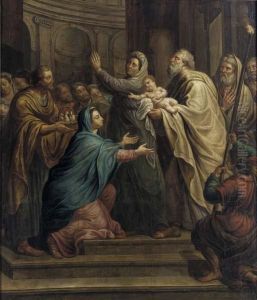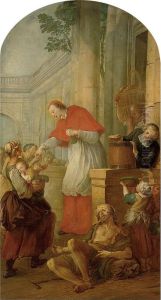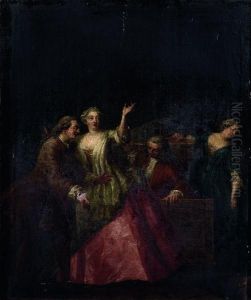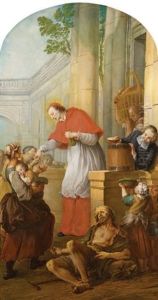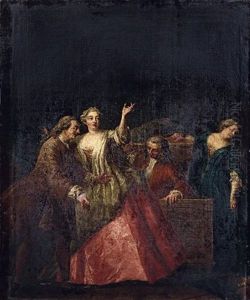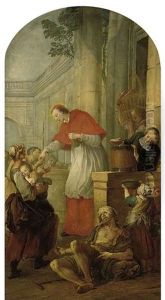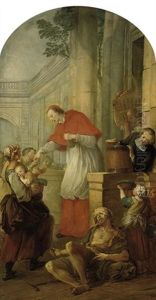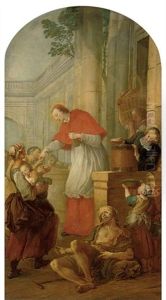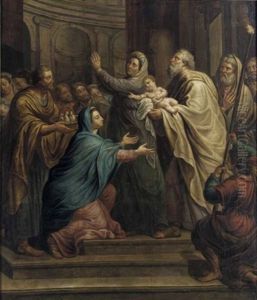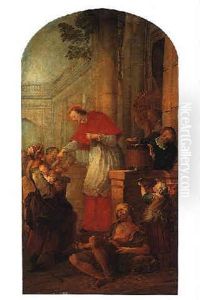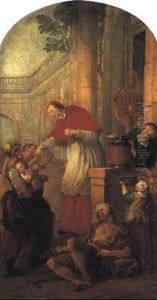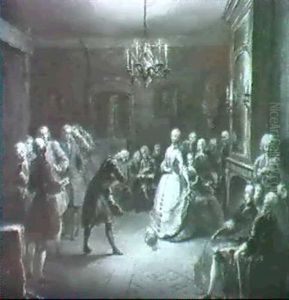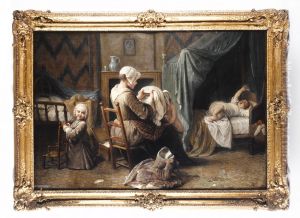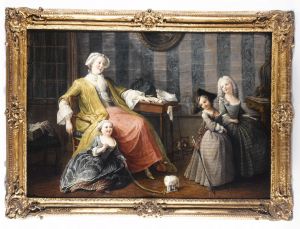Pierre Louis Ii Dumesnil Paintings
Pierre Louis II Dumesnil, also known as Pierre-Louis Dumesnil or simply Dumesnil the Younger to distinguish him from his father, was a French painter born in 1698 in Paris, France. His father, Jean Dumesnil, was also an artist, which provided the younger Dumesnil an early exposure to the world of art. Not a lot is documented about his early life or training, but it is known that he was active during the Rococo period, which is characterized by its ornate and decorative style, and flourished during the early 18th century.
Dumesnil's work mainly consisted of genre scenes, landscapes, and still-lifes, which were popular in the domestic art market of his time. He is noted for his delicate and precise style, which was influenced by the works of other French painters like Antoine Watteau and François Boucher, who were leading figures in the Rococo movement.
Throughout his career, Dumesnil enjoyed the patronage of French nobility, which was crucial for artists looking to secure their financial and social status. Despite this, he never received any official appointments from the Royal Academy of Painting and Sculpture, which was the center of the artistic establishment in France at the time. This lack of official recognition did not, however, significantly diminish his success as an artist.
Pierre Louis II Dumesnil died in 1781, leaving behind a body of work that captured the elegance and frivolity of the Rococo era. His paintings continue to be appreciated for their charm and technical skill, and they can be found in various art collections around the world. Despite the fact that he is not as widely known as some of his contemporaries, Dumesnil's contribution to the French art of the 18th century remains significant, particularly in understanding the tastes and cultures of the period.
